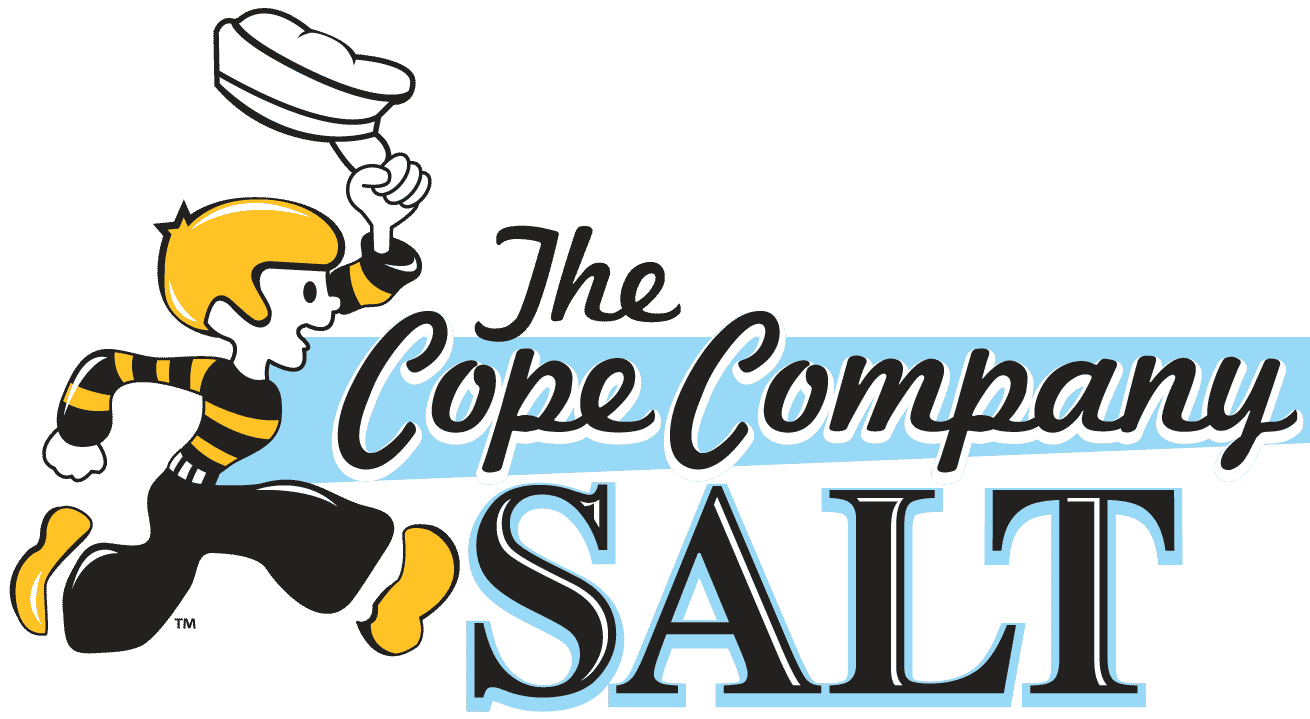Food grade salt is the purest form of salt you can buy. The typical range is 99.7 to 99.99% pure sodium chloride (NaCl).
How is it possible to achieve such a high percentage of purity? The answer is evaporation. Two of the main three salt collecting methods use a form of evaporation and are responsible for the majority of food grade salt production
Salt Collecting Methods – The Big Three
1. Mining
Machines drill and blast salt deposits and lift them up to the surface. This process brings with it many impurities, however, and its product of rock salt is most often used for ice melt and other settings where purity is not the top priority. This is often the least expensive form of harvesting salt.
2. Solar Evaporation
Food grade salt from solar evaporation is the oldest method of collection, and it’s exactly as its name describes. Saltwater is left in shallow pits for the sun to evaporate the water, and then the crystals of salt are collected. This produces a very pure salt crystal with a sodium chloride percentage of around 99.6 to 99.8%
3. Vacuum Evaporation
The highest grade of purity needed for food and chemical
grade salt is produced by vacuum evaporation. Brine is pumped into vacuum pans
and steam heat is used to boil the salt. A chain of these vacuum chambers is
linked together and the pressure drops in each chamber in order to allow the
brine to boil at lower temperatures. The resulting salt precipitate is
harvesting. The salt produced is very high quality and typically a very small
grain.
Food grade salt isn’t just for salting your meat and potatoes, though. Food
grade salt is used for anything that requires the highest purity available.
Pharmaceutical companies also use this grade of salt in order to maintain
proper chemical ratios in their products.
Check out The Cope Company’s food-grade salt products here!
